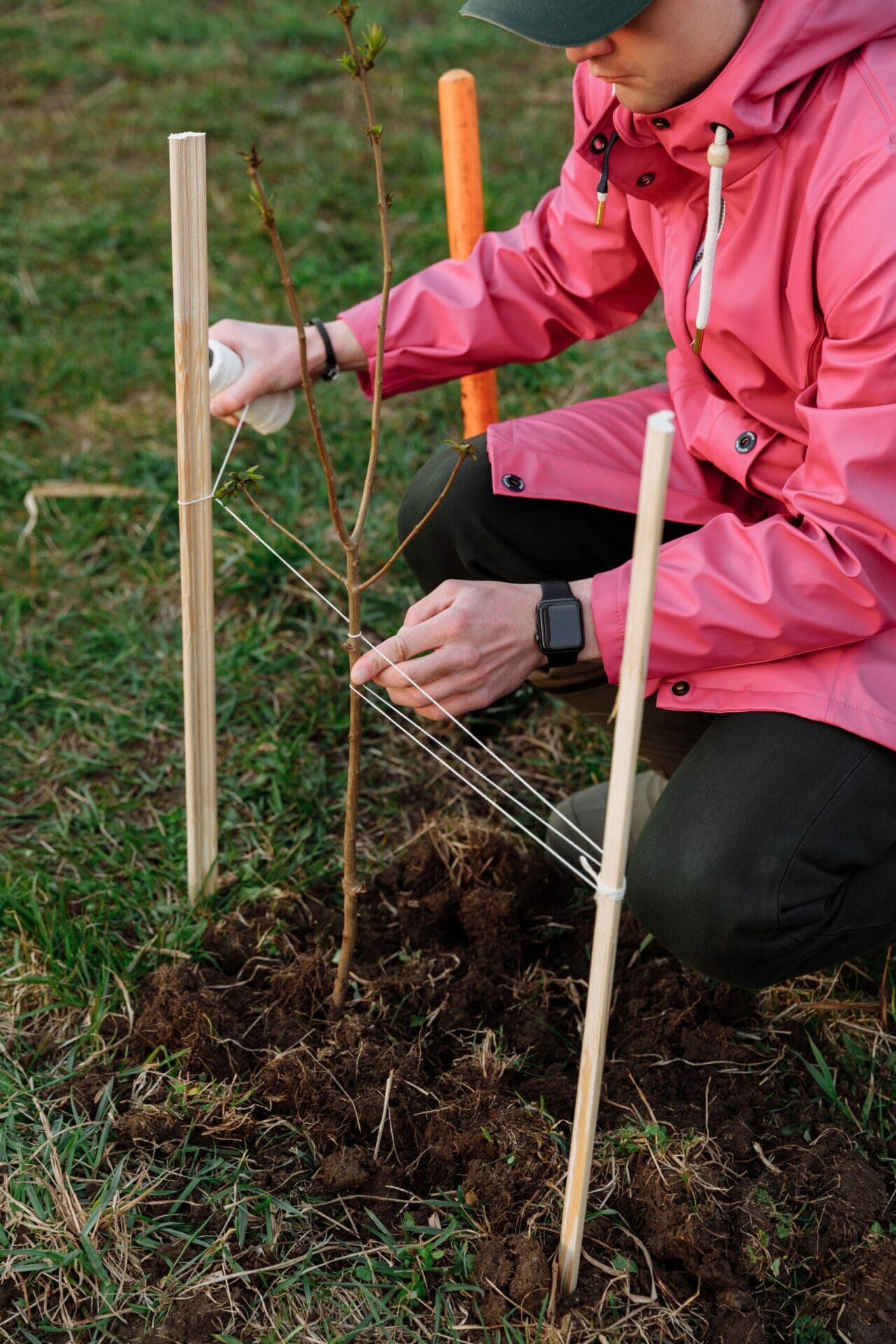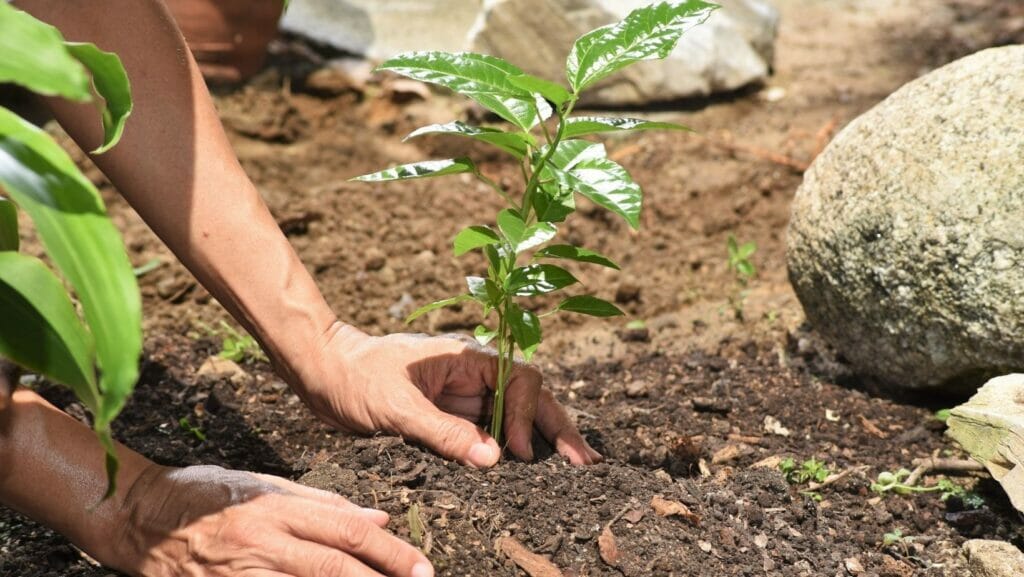The decision to remove 93 oak trees in Brevard County, Fla, in February 2022 upset some residents who have enjoyed walks and birds under these canopies. However, the roots of the trees are starting to crack the sidewalk creating potential hazards to residents and visitors. These trees, dating back 25 years, have become a liability for the county. A recent lawsuit was won by a woman who slid in a cracked sidewalk and suffered a traumatic brain injury (TBI). Trees are beautiful and offer lots of benefits. Unfortunately, they can also become sources of problems. To avoid the issue, proper steps must be taken to ensure that the roots of trees do not cause safety hazards as they grow.
The Life Cycle of a Tree
The life of a tree begins from a seed that is planted to the ground. Stems and leaves will grow, followed by the sapling stage. Its final (adult) life cycle is reached when it has fully grown, characterized by many branches, wide trunk, and abundant leaves. The tree can grow seeds, fruits, or nuts, enabling it to reproduce and start the life cycle all over again.
Unfortunately, tree problems can occur. For example, structural defects can cause injury to people or damage property, such as when a tree is damaged by pests. Their wood becomes very weak, and limb breakage is common. Vertical cracks, dead branches and stubs, and other wounds imply internal decay that could cause severe damage to the main trunk. Given these hazards, tree removal is recommended to prevent property damage and human injuries. However, the process is complex and necessitates hiring of arborists or professionals who can safely remove the tree.
Tackling Problems Early On
One of the most common problems posed by trees is that their roots can grow everywhere on the property encroaching on the yard space and even the foundation of the house. The oak trees in Florida are examples of root troubles that can cause considerable damage to concrete pavements and threaten the safety of pedestrians. To avoid these issues, it is imperative that you follow the recommended distances before planting a sapling. The rule is to plant 15-20 meters away from the house for big trees and smaller trees, 15 meters.
In addition to the distance, it is recommended to install root barriers into the ground around the tree. The objective is to protect tree roots from roaming and stretching outward by redirecting them. Plastic sheets, fabric, and corrugated fiberglass may be used as physical barriers. They need to be installed a minimum of 30 inches in the ground but must also extend above the surface to impede roots from growing on top. It’s also possible to cut stray roots. However, it is best to consult an arborist before doing this, as some trees die if they lose a portion of their roots.
Trees are very useful to mankind and the environment. However, they can also turn problematic, compromising the safety of people and property. By respecting proper distancing, cutting offensive roots, and installing root barriers, it is possible to avoid the problems of invading roots.














